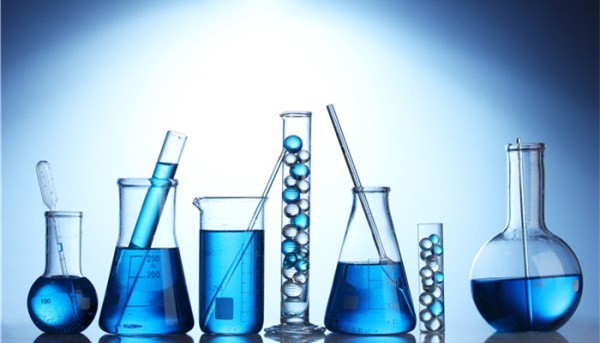UV resin, also known as photosensitive resin, is an oligomer that can undergo rapid physical and chemical changes in a short time after being irradiated by light, and then crosslink and cure
UV resin is a photosensitive resin with low relative molecular weight. It has reactive groups that can carry out UV, such as unsaturated double bonds or epoxy groups
UV resin is the matrix resin of UV coating. It is compounded with photoinitiator, active diluent and various additives to form UV coating
Uvpaint has the following advantages:
(1) Fast curing speed and high production efficiency;
(2) High energy utilization rate and energy conservation;
(3) Less organic volatile matter (VOC) and environment-friendly;
(4) It can be coated with various substrates, such as paper, plastic, leather, metal, glass, ceramics, etc;
UV resin is the component with the largest proportion in UV coatings and the matrix resin in UV coatings. It generally has groups that further react or polymerize under light conditions, such as carbon carbon double bond, epoxy group, etc According to different solvent types, UV resins can be divided into solvent based UV resins and aqueous UV resins Solvent based resins do not contain hydrophilic groups and can only be dissolved in organic solvents, while aqueous resins contain more hydrophilic groups or hydrophilic chain segments, which can be emulsified, dispersed or dissolved in water
Classification of UV resins:
Commonly used solvent based UV resins mainly include: UV unsaturated polyester, UV epoxy acrylate, UV polyurethane acrylate, UV polyester acrylate, UV polyether acrylate, UV pure acrylic resin, UV epoxy resin, UV silicone oligomer
Aqueous UV resin refers to a UV resin that is soluble in water or can be dispersed with water. The molecule contains not only a certain number of strong hydrophilic groups, such as carboxyl, hydroxyl, amino, ether, acylamino, etc., but also unsaturated groups, such as acryloyl, methacryloyl or allyl Waterborne UV trees can be divided into three types: lotion, water dispersion and water solubility It mainly includes three categories: waterborne polyurethane acrylate, waterborne epoxy acrylate and waterborne polyester acrylate
The main application fields of UV resin: UV paint, UV ink, UV glue, etc., among which UV paint is the most widely used, including the following types of UV water-based paint, UV powder paint, UV leather paint, UV optical fiber paint, UV metal paint, UV paper glazing paint, UV plastic paint, UV wood paint.

original source: https://www.zicaichemical.com/news/classification-and-basic-introduction-of-uv-resin/
Media Contact
Company Name: Shenzhen City Zicai Technology Co., Ltd.
Email: Send Email
Country: China
Website: https://www.zicaichemical.com/
